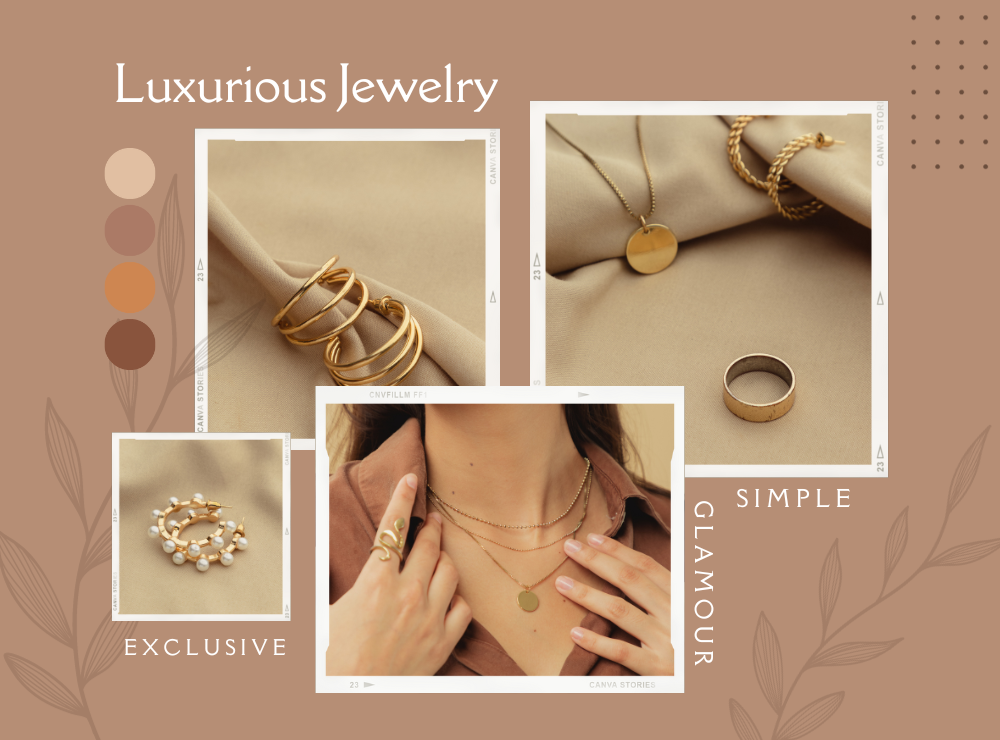Watches:
1. Types of Watches:
· Analog Watches: Display time using hour and minute hands on a numbered dial.
· Digital Watches: Display time in numerical digits.
· Smartwatches: Combines traditional watch features with digital technology, allowing for various functions like notifications, fitness tracking, and more.
· Mechanical Watches: Rely on intricate internal mechanisms to keep time, often appreciated for their craftsmanship.
· Quartz Watches: Use a quartz crystal oscillator for precise timekeeping, commonly found in most watches today.
2. Watch Styles:
· Dress Watches: Elegant and formal timepieces suitable for special occasions.
· Sports Watches: Designed for outdoor and active use, often featuring additional functions like water resistance and chronographs.
· Fashion Watches: Trendy and stylish watches, often produced by fashion brands.
· Dive Watches: Built to withstand underwater use and equipped with features like waterproofing and luminous dials.
3. Materials: Watches come in a variety of materials, including stainless steel, gold, titanium, and ceramic for the case and various materials for the strap or band, such as leather, metal, rubber, or fabric.
4. Watch Movements: The internal mechanism that powers the watch's timekeeping function. Common movements include automatic (self-winding), manual, and quartz.
5. Luxury Watches: High-end brands like Rolex, Patek Philippe, and Audemars Piguet are renowned for their craftsmanship, precision, and luxury, often using precious metals and gemstones.
Jewelry:
1. Types of Jewelry:
· Rings: Worn on fingers, often symbolizing commitment, such as engagement and wedding rings.
· Necklaces: Adornments worn around the neck, available in various lengths and styles.
· Earrings: Accessories for the ears, including studs, hoops, and dangling designs.
· Bracelets: Adorn the wrist, ranging from delicate chains to bangles and cuffs.
· Brooches and Pins: Decorative accessories that can be attached to clothing.
· Watches as Jewelry: Some watches are designed as luxury jewelry pieces, featuring gemstones and intricate designs.
2. Materials: Jewelry can be crafted from various materials, including precious metals like gold, silver, platinum, and gemstones like diamonds, rubies, sapphires, and pearls.
3. Symbolism: Jewelry often holds sentimental value and may symbolize love, commitment, religious beliefs, or personal achievements.
4. Custom and Fine Jewelry: Custom jewelry is created to meet specific preferences and often involves collaboration with a jeweler. Fine jewelry typically consists of high-quality materials and craftsmanship.
5. Costume Jewelry: Fashionable and affordable jewelry made from non-precious materials like beads, plastics, and base metals.
6. Ethical and Sustainable Jewelry: A growing trend is the demand for ethically sourced and environmentally sustainable jewelry, which ensures responsible mining and production practices.
7. Jewelry Care: Proper care, cleaning, and maintenance are essential to preserve the appearance and longevity of jewelry pieces.
8. Designer and Artisan Jewelry: Artisanal and independent jewelry designers often create unique and handcrafted pieces appreciated for their creativity and individuality.
Watches and jewelry have played significant roles in human culture and history, serving as symbols of personal style, status, and cultural significance. Whether they are worn as everyday accessories or for special occasions, they hold enduring appeal for people around the world.

















